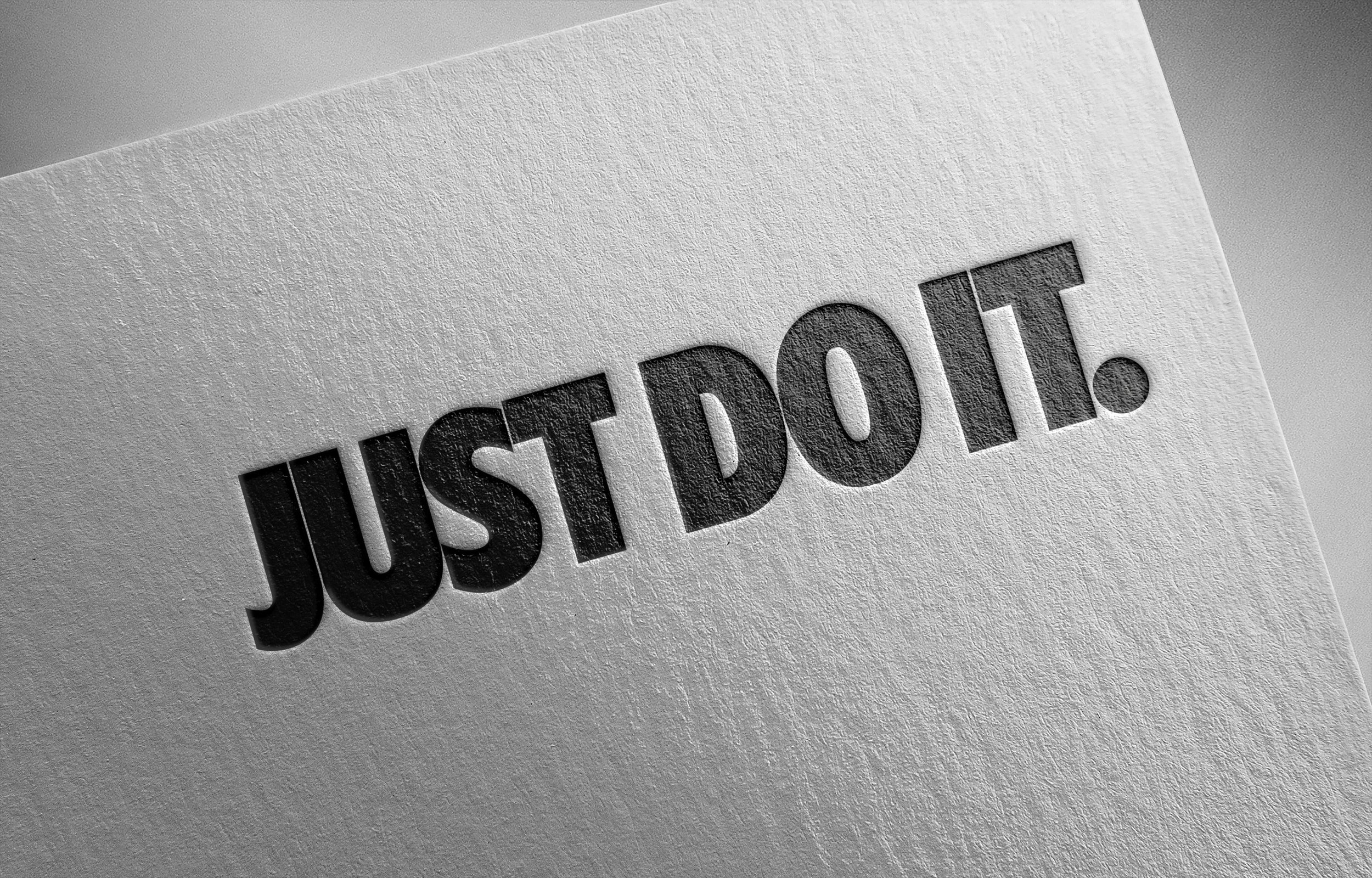How a Mistake Created One of the Most Memorable Ads of All Time
When Accidents Turn Into Advertising Genius
Sometimes, the best ideas come not from careful planning but from unexpected blunders. In the world of marketing and branding, mistakes have occasionally given rise to iconic advertisements that have shaped history, transformed businesses, and redefined creativity. Accidents, after all, are fertile ground for invention, forcing advertisers to rethink their strategies and stumble into brilliance. This article explores the fascinating stories behind some of the most unforgettable ads born from missteps, offering insightful analysis of why these accidents succeeded and what marketers can learn from them.
The Role of Mistakes in Marketing: Accidents Aren’t Always Failures
In advertising, precision and creativity walk hand-in-hand. Campaigns are meticulously crafted to evoke emotions, create a connection with audiences, and ultimately sell products. However, mistakes – whether born of miscommunication, oversight, or spontaneous moments – can shatter that precision, leaving creatives scrambling. What’s remarkable is that some of these accidents don’t fail but instead succeed spectacularly.
Mistakes force businesses and marketing teams to approach problems differently. They encourage spontaneity, improvisation, and authenticity. Sometimes, they expose a truth about a product or brand that resonates far more deeply with consumers than any carefully curated message. In such moments, an honest misstep transforms into a moment of magic.
Let’s dive into some examples of famous marketing accidents that became legendary campaigns.
Case Study 1: The "Got Milk?" Campaign – Born of Last-Minute Panic
One of the most iconic advertising campaigns of the 1990s, "Got Milk?" almost never happened. The slogan emerged as a direct result of a last-minute creative rethink during a brainstorming session for the California Milk Processor Board.
The Story
The campaign’s creative team, led by Jeff Goodby of Goodby, Silverstein & Partners, originally aimed to produce polished ads that highlighted milk’s health benefits. But something wasn’t clicking. During a brainstorming meeting, someone mentioned that people only think about milk when they don’t have it. It was a casual remark but one that immediately sparked an idea.
A commercial was quickly developed, showcasing a man trying to eat a peanut butter sandwich without milk. His struggle was exaggerated and comedic, culminating in the now-famous slogan: "Got Milk?"
Why It Worked
The power of "Got Milk?" lies in its simplicity and relatability. By focusing on a universal experience – the absence of milk – the campaign resonated with audiences on a deeply personal level. The mistake here was the initial direction: highlighting milk’s benefits instead of focusing on its absence. Once the team embraced the unintended insight, the slogan became an enduring cultural touchstone.
The results were staggering. Within the first year, milk sales in California increased by 7%. The campaign went national and became an enduring fixture in American advertising.
Lesson Learned: Sometimes the best ideas come when you step away from polished perfection and embrace the everyday struggles your audience experiences.
Case Study 2: Nike’s “Just Do It” Slogan: Inspired by a Dark Turn of Events
Nike’s famous “Just Do It” slogan is a perfect example of a marketing moment born from an unlikely and somewhat grim source. Today, it stands as one of the most enduring and powerful mantras in advertising history.
The Story
In 1988, Nike’s creative agency, Wieden+Kennedy, was tasked with creating a campaign to revitalise the brand and appeal to everyday athletes. Dan Wieden, the agency’s co-founder, struggled to find the right phrase to encapsulate Nike’s vision.
In an unexpected twist, Wieden was inspired by the final words of convicted murderer Gary Gilmore. Before his execution in 1977, Gilmore reportedly said, “Let’s do it.” Wieden adapted this dark statement into the now-famous, more optimistic “Just Do It.”
Why It Worked
The slogan’s brilliance lies in its universal appeal. It speaks to both elite athletes and casual fitness enthusiasts, encapsulating determination, action, and grit. Despite its grim origin, “Just Do It” became a motivational rallying cry that transcended sport and entered the cultural lexicon.
The campaign’s impact was extraordinary. In 1988, Nike held 18% of the North American sneaker market. By 1998, that share had grown to 43%, and annual worldwide sales soared from $877 million to $9.2 billion.
Lesson Learned: Inspiration can come from unlikely places, and bold creativity often requires taking risks to create something truly memorable.
Case Study 3: Coca-Cola’s "New Coke" Blunder: A Backfire That Paid Off
Coca-Cola’s infamous New Coke fiasco of 1985 is perhaps the ultimate example of a marketing misstep turned unexpected success. What started as a colossal failure became a lesson in brand loyalty and consumer connection.
The Story
In an effort to compete with Pepsi, which was gaining traction thanks to its sweeter taste, Coca-Cola reformulated its recipe and launched New Coke. The move was meant to reinvigorate the brand, but it sparked public outrage instead. Consumers passionately rejected the change, demanding the return of the original Coca-Cola.
The backlash was so intense that Coca-Cola reinstated its classic formula just 79 days later, rebranding it as "Coca-Cola Classic." The move dominated headlines, and sales surged as consumers celebrated the return of their beloved drink.
Why It Worked
While New Coke itself failed, the brand’s swift response turned the situation into a masterclass in listening to customers. The episode reinforced Coca-Cola’s iconic status, reminding the world of its cultural significance and irreplaceable taste.
Coca-Cola experienced a 30% increase in sales following the return of the classic formula, and consumer loyalty reached unprecedented levels.
Lesson Learned: Even mistakes can strengthen a brand if handled with humility and a commitment to customer loyalty.
The Psychology Behind Accidental Successes
What is it about these mistakes that turn into wins? At their core, these campaigns often succeed because they tap into fundamental human truths. They break through the noise with their authenticity, simplicity, and emotional resonance. Unlike over-engineered campaigns, accidental successes often feel raw and relatable, which builds trust and captures attention.
Authenticity
When brands embrace a mistake or unexpected moment, it conveys authenticity. Consumers respond positively to honesty because it feels genuine. In a world where polished advertising often feels contrived, real and imperfect moments stand out.
Emotional Connection
Whether it’s humour, nostalgia, or frustration, accidental ads tap into emotions in ways that premeditated campaigns sometimes miss. "Got Milk?" succeeded because it amplified the relatable irritation of running out of milk.
Unexpected Creativity
Mistakes often lead to out-of-the-box thinking. When conventional strategies fail, creative teams are forced to experiment, leading to breakthroughs. Nike’s “Just Do It” is a prime example of how unexpected sources can spark revolutionary ideas.
Turning Mistakes Into Opportunities: Lessons for Marketers
For marketers, the key takeaway is not to fear mistakes but to view them as opportunities for innovation and connection. Here are some actionable lessons:
Embrace the Unexpected – Stay flexible and open-minded when plans go awry. Sometimes the best insights come from unintended moments.
Listen to Your Audience – Coca-Cola’s success came from responding to customer outrage. Brands that value consumer feedback earn loyalty and trust.
Be Authentic – Mistakes humanise brands. Owning up to errors can resonate more strongly than pretending to be perfect.
Find the Universal Truth – Focus on what makes your product relatable. "Got Milk?" worked because it tapped into an everyday experience.
Take Risks – Bold ideas, even if born from accidents, can redefine your brand.
Mistakes as Creative Catalysts
In advertising, mistakes are often seen as failures to be avoided. Yet history shows us that accidents can be catalysts for creativity, pushing marketers to think differently and connect with audiences in unexpected ways. From the spontaneous brilliance of "Got Milk?" to the dark origins of “Just Do It,” and even Coca-Cola’s public failure turned redemption, these examples prove that missteps can lead to moments of marketing genius.
For brands willing to embrace accidents, there lies an opportunity to innovate, engage, and inspire. After all, as the most memorable ads remind us, perfection isn’t always what captures hearts – sometimes, it’s the beauty of imperfection that leaves a lasting mark.

